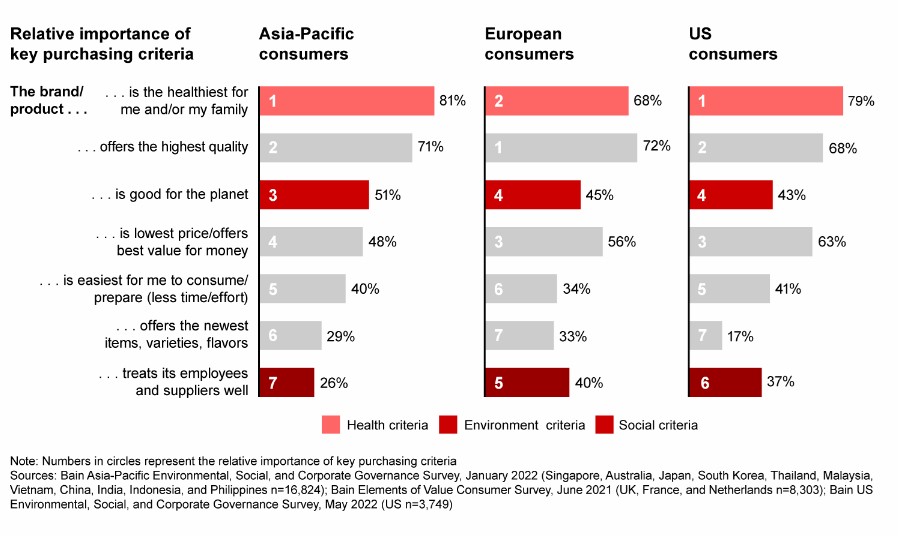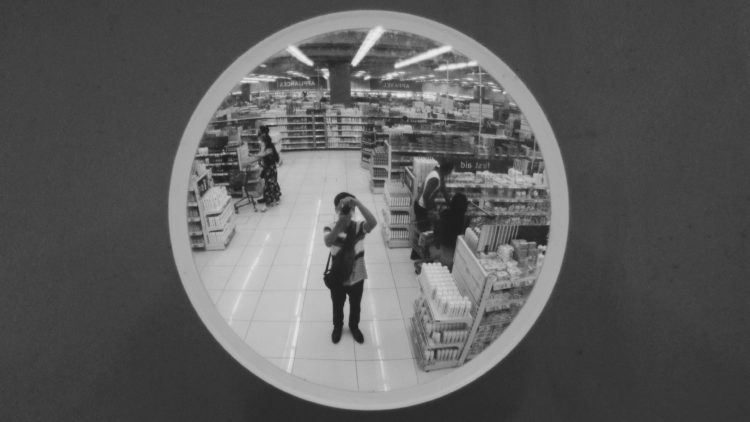The Bain & Company report, Unpacking Asia-Pacific Consumers’ New Love Affair with Sustainability noted that 90% of the 16,000 Asia-Pacific (APAC) consumers surveyed said that they are willing to spend a premium on sustainability products. They just don’t buy these goods because of a lack of information or the simple fact that they don’t trust claims of sustainability.

Another barrier consumers mentioned was the low availability of sustainable products.

David Zehner, partner and APAC head of Bain & Company’s Consumer practice, says brands can take advantage of the opportunity by helping to educate consumers, improve availability and options, and drive clearer, consistent information across all touchpoints like packaging and website.
Consumers stated that they care more about sustainability than ever before and that they are willing to spend more, but their actions fall short, which is the disconnect between intent and action—the vexing “say-do gap”—and it is a growing conundrum for all consumer products companies.
Brands that successfully close the say-do gap by educating consumers, ensuring sustainable alternative options and availability, driving clear communication, and improving information sources are rewarded with future sales and valuable consumer recommendations.
The outlook is bright for winners as 40% of consumers plan to increase their spending on sustainable products in the next three years.

“Consumers have spoken, and now it's up to the brands to listen, react, and lead the way by doubling down on ESG initiatives and also closing the 'say-do gap' to connect with their consumers even more,” said Zara Lightowler, Bain & Company associate partner and co-author of the report.
She posits that brands need to have a clear, purposeful plan in place to take advantage of this remarkable consumer opportunity the winners will drive growth and positive environmental outcomes at the same time.
6 action items for CEOs
The research highlights that there are six critical steps CEOs can take now to maximise this opportunity
Set sustainability ambition: Define future-back company ambition on sustainability. Measure progress and identify gaps while setting or adjusting quantified targets and stretch commitments
Determine swords and shields: Swords are the ESG topics you want to engage consumers on—what you want them to love your brand for. Your Shields sit at the corporate level and protect against downside risk
Define Corporate ESG solutions: Identify critical ESG solutions to deliver ambition for example tackle emissions, circularity, sustainable sourcing, water stewardship, health and wellness or diversity and inclusion (the six largest ESG disruptions facing the consumer goods industry). Align critical functions against a common mission (R&D, sourcing, manufacturing, digital). Choose partnerships to scale
Embed ESG in the heart of your brands: Putting ESG at the heart of your brands is critical to generating value from ESG. This requires adapting your brand purpose across the portfolio and embedding this across offer, pricing, in-store and consumer engagement
Outline roadmap and business case: Define the roadmap and change management plan, outline the business case (both sources of value and cost) and funding model beyond risk (market share gains, cost efficiencies, reduced cost of capital, talent benefits)
Realign the operating model: Achieving this transition will require CEOs and leadership teams to be aligned and champion this. Revised operating models will need to reflect the importance of ESG across all levers—from incentives to decision rights and capabilities and talent





